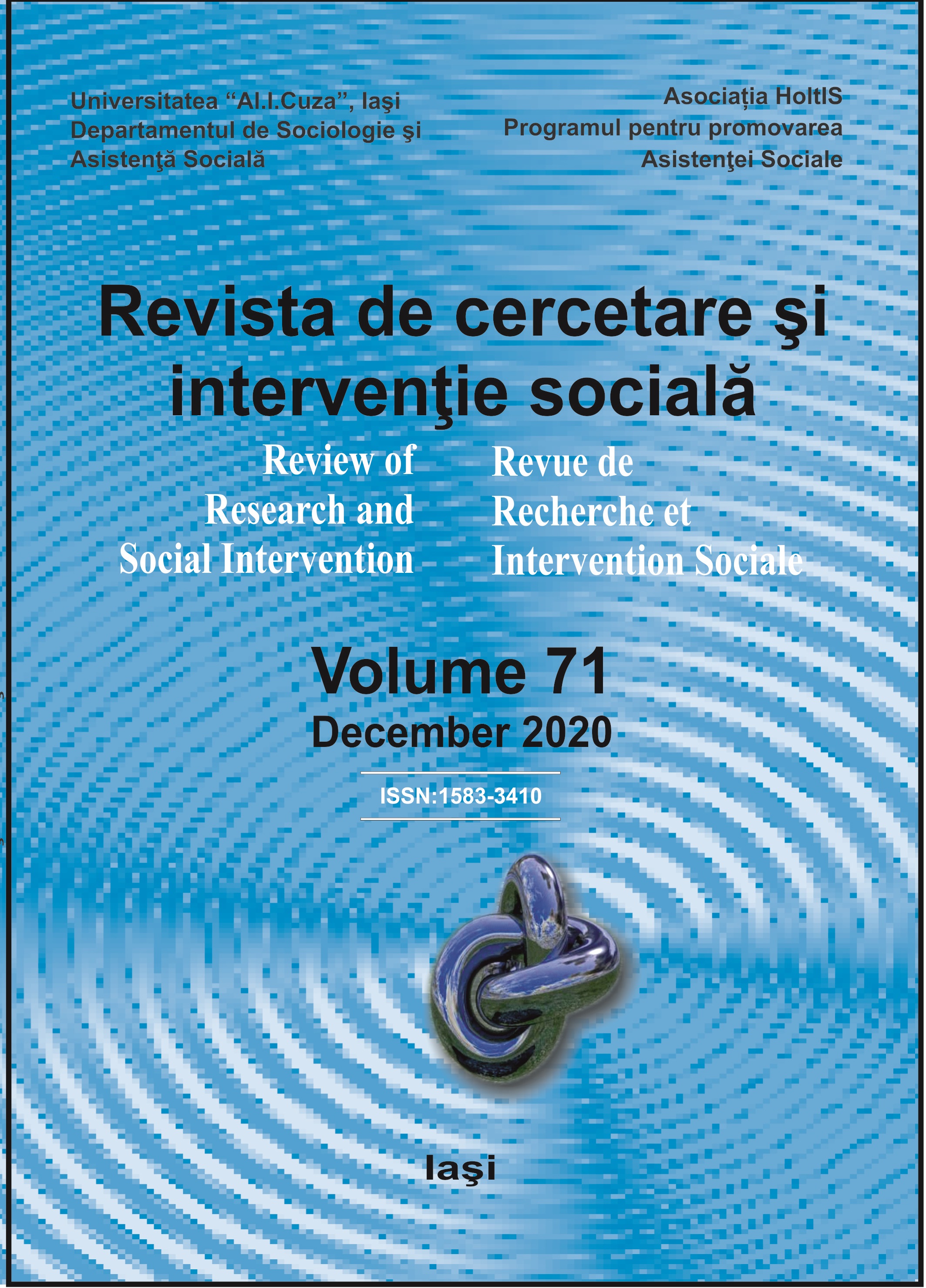Illness Representation among Adolescents: A Qualitative Approach
Illness Representation among Adolescents: A Qualitative Approach
Author(s): Ancuta Elena PADURARU, Camelia SoponaruSubject(s): Social Sciences, Sociology, Methodology and research technology, Applied Sociology, Health and medicine and law
Published by: Expert Projects Publishing
Keywords: common-sense model; illness representation; adolescents; disease understanding; graphic representation of illness; qualitative research;
Summary/Abstract: There is a significant increase in the studies investigating illness representation through quantitative methods, which is due to a certain extent to the valid psychometric instruments that measure this construct. This phenomenon is especially intense among people who have a certain diagnosis. Not the same can be said about the existing research for the study of the representation that healthy people have about illness, in which the qualitative methods predominate. The purpose of this study is to outline how adolescents perceive the disease, given that they go through a period of change with significant implications for adult-related health behaviours. In this study, 132 adolescents aged between 11 and 18 were included (M =14.60; SD= 2.54). Because we wanted to obtain complex and accurate information, we chose to collect the data through three qualitative methods: drawing, the free association method, and the open-ended questionnaire. Based on the common-sense model, we were able to identify the most frequently cited causes of disease onset, which are the indicators of its occurrence, the effects adolescents perceive as occurring over time and how they think we can treat it. One of the most important dimensions represented through the three methods of data collection was that of emotions. This result draws attention to the importance that people attach to the emotional sphere when it comes to illness. Unfortunately, medical staff are well prepared for the assessment of biomedical aspects, but less so for understanding the psychosocial, social, and cultural dimensions of health and illness.
Journal: Revista de Cercetare şi Intervenţie Socială
- Issue Year: 2020
- Issue No: 71
- Page Range: 438-452
- Page Count: 15
- Language: English

